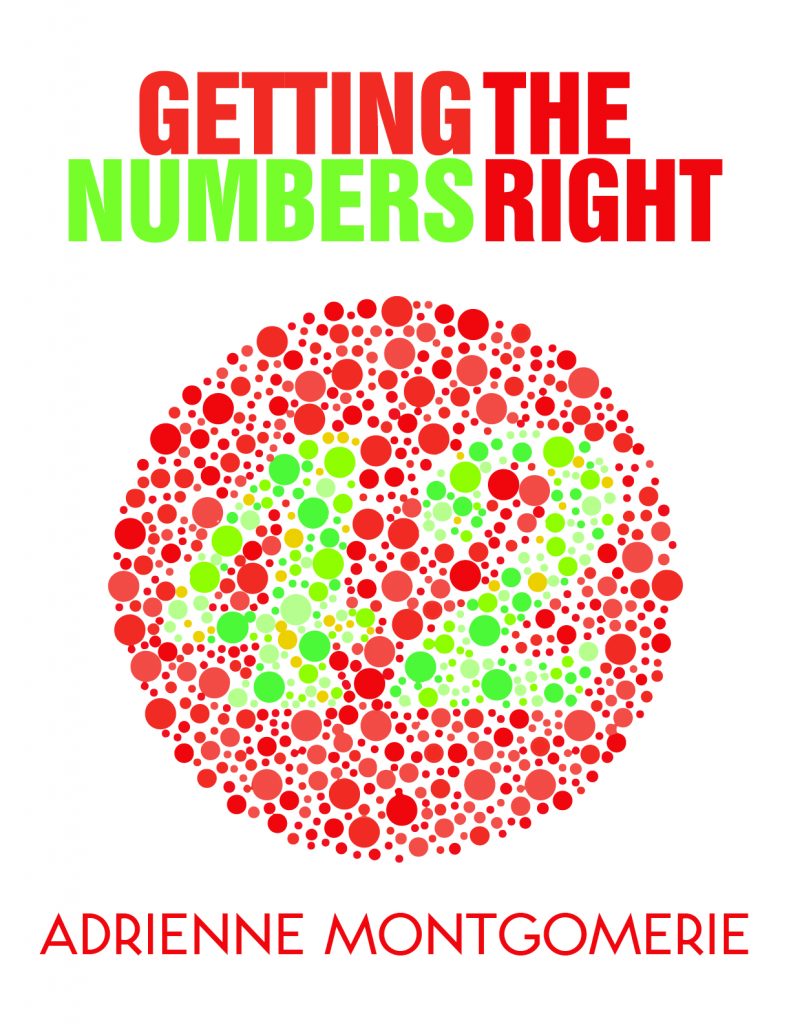Word files can get bloated, taking up far more MB than they should. If you’re dealing with a book-length manuscript full of tracked changes and comments, that bloat can bog down the computer and lead to failures, glitches, and basic Office malfeasance.

One way to cut file size is to delete unused Styles. We love Styles, here in publishing, because they have so many helpful uses during manuscript development and throughout the production workflow. But the coding for dozens of Styles can bloat a file, so deleting the unused Styles is an easy way to cut down on MB and un-bork a file.
Finding Unused Styles

Over in the Styles pane, you can have Word show you what Styles are in use, you can add a Styles Guide border to the pages, identifying the Styles applied to each line, and you can have Word print out a list of all the Styles in use in the document.
But how do you find out what Styles are attached to the document but not used? This nifty macro will generate a list! Rather than making sure you don’t delete a Style in use, you can use this as a checklist to find and delete every unused Style using one of the manual methods below.
Delete Unused Styles By Hand


To delete Styles, you’ve got to do some clicking. Here are the options:
With your list in hand of all styles used in the document, delete Styles one at a time either in the Styles pane or in the Styles Organizer:
- Open the bloated file.
- Select the “in current document” option from the List field in the Styles pane to show which style are available in the document.
- Click in the Styles pane on each Style that isn’t used and select “Delete” from the dropdown menu.
Delete Styles in the Styles Organizer

Within the Styles Organizer, it’s possible to cmd+click (ctrl + click for Windows computers) or scroll-select many styles at once and then click Delete just once. Make sure that the list on the right belongs to the template used on the bloated file.

Automate Deletion of Unused Styles
Apply a Simpler Template
Create a template that uses only the Styles you want to keep in the document, then apply that template to the bloated file.
Use a Macro to Delete Unused Styles

If you’re comfortable removing styles in a single click without the chance to keep one you know you’ll need later, use the tiny macro described on this other post. Once you paste the macro code into the VBA editor, just open the bloated file then run the macro.
Troubleshooting
Always save a backup! You’ll need it if one of the deleted Styles suddenly becomes necessary or was deleted by accident. The deleted Style can then be re-imported into the working file using the Styles Organizer.
Predefined Styles such as Heading 1 and Normal cannot be deleted.
If this doesn’t reduce the file size enough, try Maggying the document.
Deleting images can further reduce file size. Learn how to delete all images in a single click, in this other post.
Learn more in our new Word Essentials course!
Got a gnarly Word problem? Submit your problem and we’ll try to answer it in the Q&A thread.




Learn with us! Join a course today.
© This blog and all materials in it are copyright Adrienne Montgomerie on the date of publication. All rights reserved. No portion may be stored or distributed without express written permission. Asking is easy!
Photo of burst balloon by Leaonard Matthews used under CC B-ND 2.0 license.

